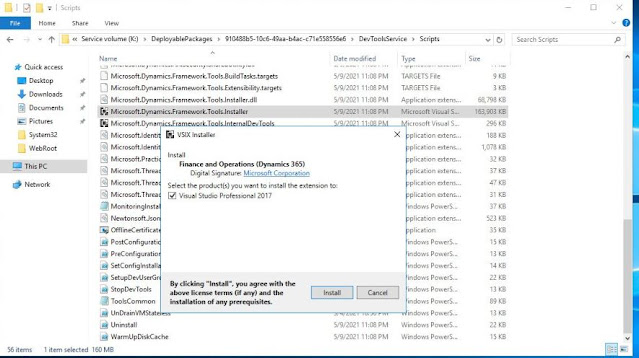Today we will talk about the objects' IDs and SQLDictionary table from SQL Server. Each object in AX (mainly classes, tables and the columns, with the emphasis placed on tables and columns right now, since that is what gets committed in SQL Server) gets an ID in order to identify them. In AX 2012 the ID is allocated at the moment of the object's creation in the ax system (either through a xpo import, new object in AOT, or model import). Now, how does AX works with the tables in the SQL Server? The system will take the definition in the AOT and will commit that (the columns, their name, lenght, type) in SQL. So far, everything is going ok, but how is AX keeping track of what it has in the SQL Server? Matching the names of the objects would be enough? Let's see. A table in SQL could be matched by it's name in the AX AOT. So, imagine that there is a change in a table's name, or easier, for the moment, a table column's name, going from colA to colB. The table, on...

